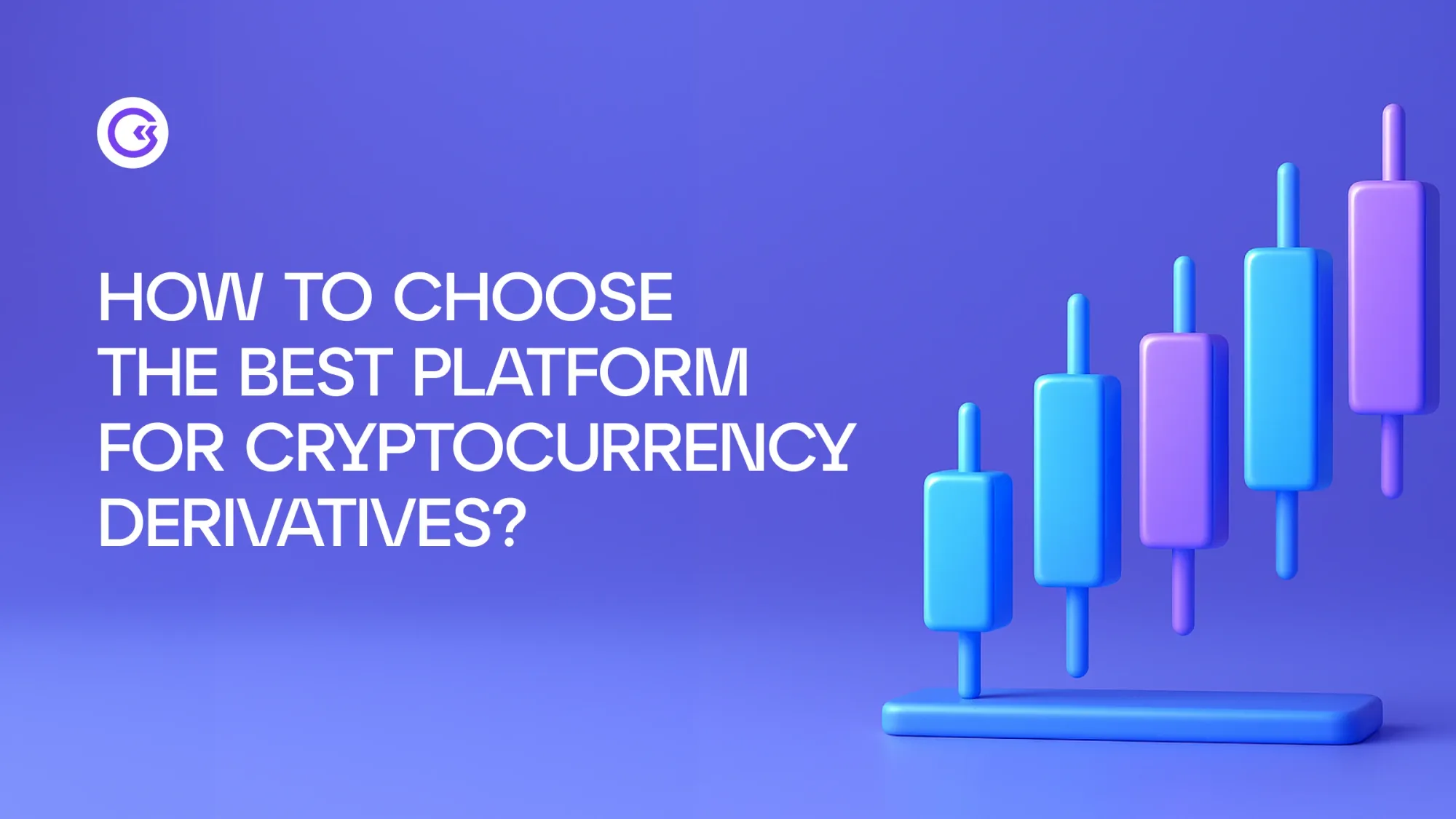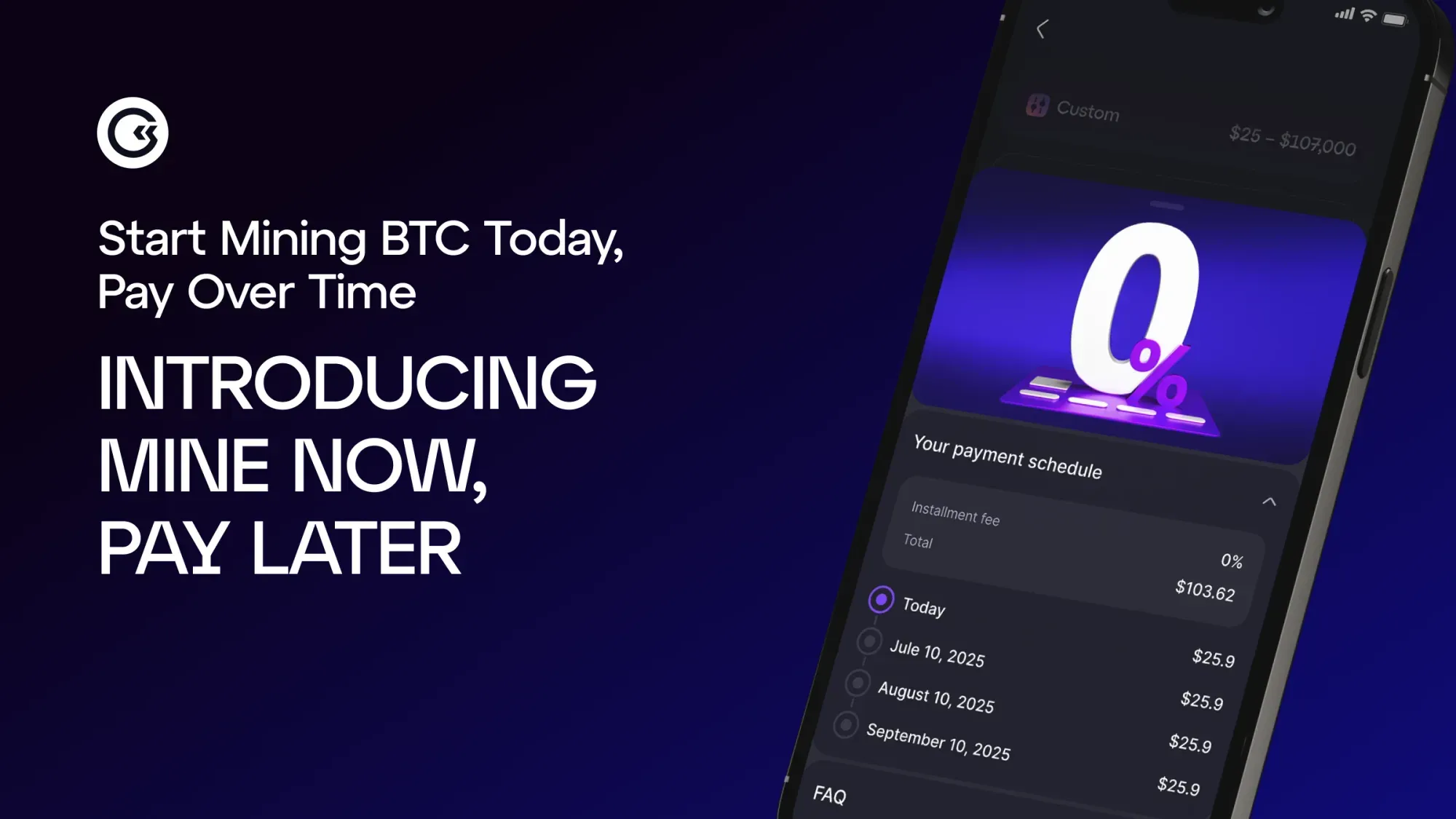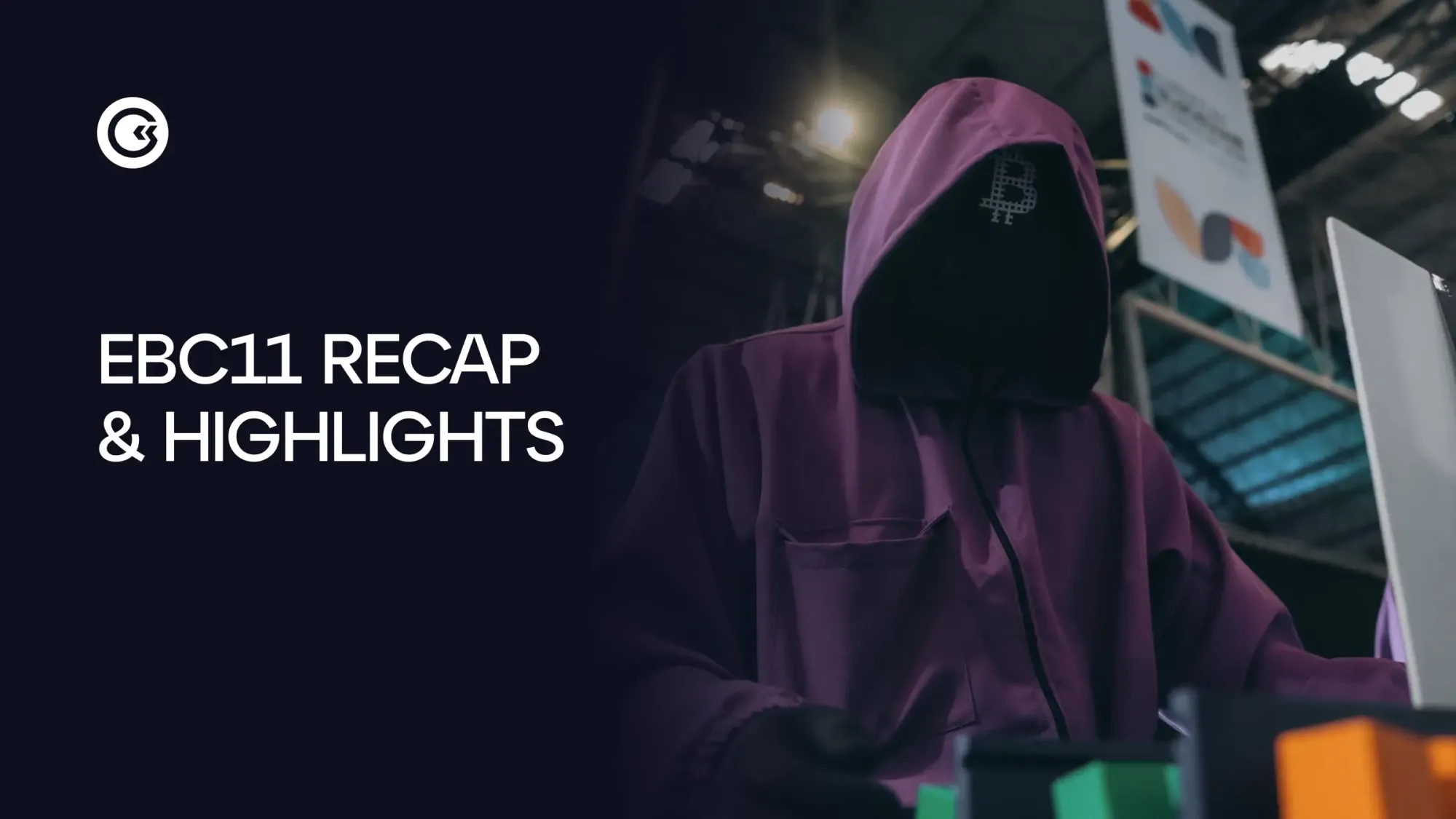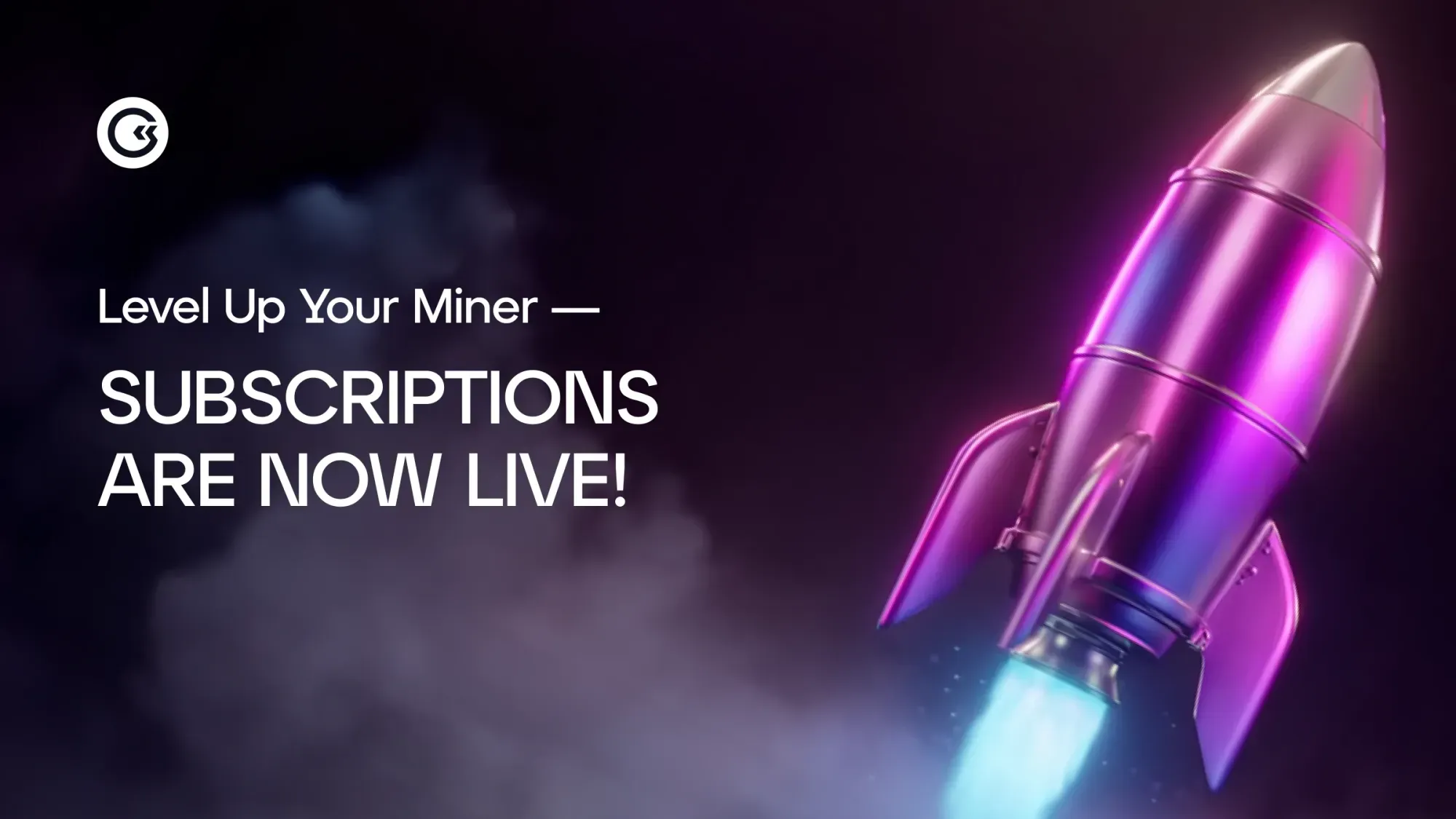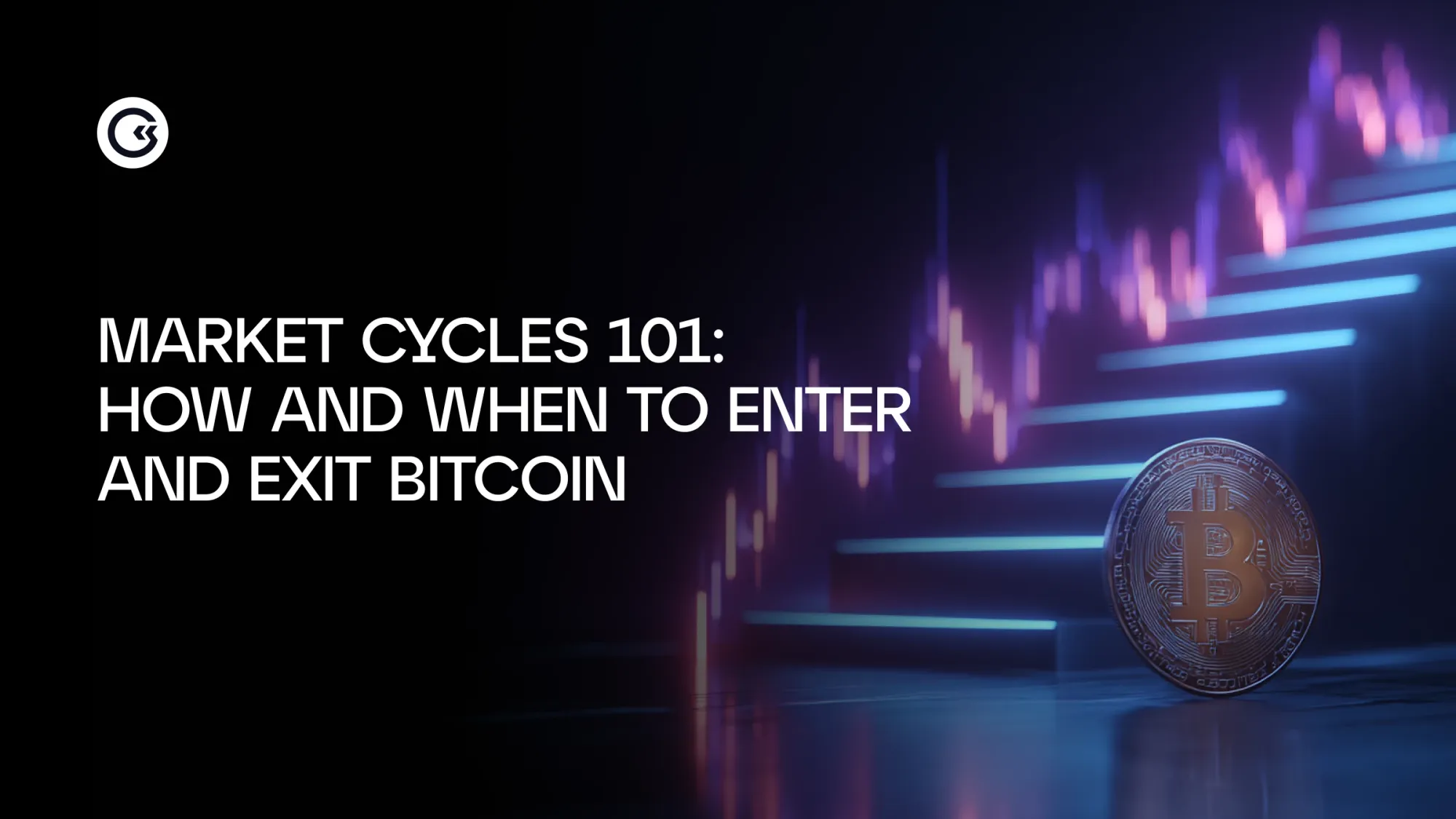Introduction
Learning how to choose the best cryptocurrency trading platform is the first step toward navigating the complex world of digital assets with confidence.
Derivatives trading in crypto is no longer reserved for experts. It has become an essential tool for anyone who wants to manage risk, speculate on price moves, or gain exposure without holding crypto directly.
The challenge is that not every platform offers the same level of safety, transparency, or usability. Some exchanges are built for high-volume professionals, while others are designed with beginners in mind.
The difference between a secure, regulated service and a poorly managed one can make the difference between a smooth trading experience or unexpected setbacks. This guide will help you cut through the noise and focus on the features that matter most when selecting a platform in 2025.
What Are Cryptocurrency Derivatives?
To understand what is the best crypto platform for your needs, it helps to first understand the instruments you’ll be using. Cryptocurrency derivatives are financial contracts whose value is linked to the price of an underlying digital asset such as Bitcoin or Ethereum. Instead of owning the cryptocurrency directly, traders use these contracts to speculate on future price movements or to manage their exposure to market swings.
The most common types of derivatives are futures, options, and perpetual contracts. A futures contract locks in a price today for settlement at a later date. Options give the right, but not the obligation, to buy or sell an asset at a set price within a given time frame. Perpetual contracts work like futures but don’t have an expiry date, making them especially popular in crypto markets where continuous trading is the norm.
These tools are not just for speculation. Many traders use derivatives for hedging, which means protecting their portfolio from sudden downturns. For example, a Bitcoin holder worried about short-term volatility might use futures to secure a sale price in advance. On the other side, speculators rely on leverage (borrowing funds to open larger positions) to amplify gains, though this also increases the risk of heavy losses.
Derivatives bring flexibility and liquidity to the crypto ecosystem. They allow professionals to manage risk more precisely and give active traders more ways to engage with the market. At the same time, their complexity means beginners should approach them with care, learning the basics before trading with significant amounts.
Key Factors to Consider When Choosing a Platform
A reliable crypto platform is built on strong security and regulation. At the top of your checklist should be licensing and compliance with regional laws. Platforms registered with recognized authorities signal that they follow clear rules on custody, audits, and consumer protection. Without this foundation, even the best features cannot guarantee safety.
Fees and commissions come next. Trading costs vary widely between exchanges. Look at maker and taker fees (charges applied for placing or filling an order), withdrawal charges, and any hidden funding rates for perpetual contracts (ongoing fees that balance long and short positions). Small differences add up quickly, especially for active traders.
User experience matters more than most beginners realize. An intuitive interface, smooth order execution, and responsive customer support can make the difference between catching a profitable move or missing it entirely.
Liquidity and trading volume are equally important. A platform with deep order books ensures you can open or close positions without slippage (unexpected price movement when your order fills). This is critical for both hedging and leveraged trading.
The range of derivative products also shapes your choices. Futures, options, and perpetual contracts each serve different strategies. A good platform offers flexibility, letting traders adapt as markets evolve.
Finally, risk management tools like stop-loss orders, margin calls, and insurance funds protect users from catastrophic losses. These features show the platform takes both sides of the trade seriously: the opportunity to profit and the responsibility to limit damage when markets move fast.
Comparing Centralized vs Decentralized Platforms
When choosing a bitcoin trading platform for derivatives, one of the first questions is whether to use a centralized or decentralized exchange. Each model comes with trade-offs that can affect everything from fees to security.
Centralized Exchanges (CEXs)CEXs act like traditional brokers. They manage custody of user funds, provide customer support, and usually offer the deepest liquidity. This makes them attractive to traders who value speed and large order execution. The trade-off is that users must trust the company behind the platform, which can create risks if security lapses occur.
Decentralized Exchanges (DEXs)DEXs take a different approach. Trades happen directly on the blockchain through smart contracts, removing the need for a central authority to hold your assets. This structure increases transparency and reduces counterparty risk. Still, DEXs often suffer from lower liquidity, slower execution, and limited derivatives products compared to CEXs.
Hybrid Platforms: A Middle GroundA third option is emerging: hybrid platforms that combine elements of both models. These services aim to offer the liquidity and advanced features of a centralized exchange while preserving the transparency and self-custody advantages of a DEX. Although still evolving, hybrids represent a glimpse into the future of derivatives trading, where users no longer have to choose between convenience and control.
Which Model Fits You Best?The right choice depends on your goals as a trader. If you prioritize liquidity and advanced tools, a CEX may feel more reliable. If self-custody and transparency are your top concerns, a DEX could be the way forward. And if you’re curious about where the industry is headed, hybrids may offer the best of both worlds. Evaluating your priorities will help you decide which platform structure matches your trading style.
Best Platforms for Cryptocurrency Derivatives in 2025
The choice of platform can shape your entire trading experience. Knowing how to trade crypto effectively means picking a service that matches your goals, risk tolerance, and location. In 2025, several exchanges stand out as leaders in the derivatives space.
Binance
Binance continues to dominate with the widest range of futures and perpetual contracts. Its liquidity is unmatched, which means trades execute quickly and with minimal slippage. The platform also provides advanced risk management tools, making it suitable for both professionals and active retail traders.
Kraken
Kraken is known for its strong regulatory standing, particularly in the U.S. and Europe. Its derivatives offering may not be as broad as Binance’s, but the platform shines in security and transparency, qualities that long-term traders value.
Bybit
Bybit has become a favorite among active traders thanks to its slick interface, low latency, and aggressive product innovation. It frequently introduces new contract types and offers one of the most competitive fee structures in the market.
Deribit
For options, Deribit is the clear leader. It specializes in crypto options markets, providing deep liquidity and advanced tools for hedging strategies. Professional traders often rely on it to fine-tune complex positions.
OKX
OKX has put significant resources into expanding its derivatives suite and continues to grow across global markets. With strong liquidity, a mobile-first approach, and a growing list of supported assets, it appeals to traders looking for flexibility.
Regional Leaders
Local compliance shapes the list of viable platforms. Coinbase remains the go-to choice in the United States for regulated futures and customer protections. Bitget has built a strong presence in Asia with innovative features and competitive fees.
In Latin America, Bitso provides access to derivatives within a regulated environment, while European traders often turn to Bitstamp for its history of compliance and reliability. KuCoin also commands a large global user base and ranks among the top derivatives exchanges by volume, but it operates under mixed regulatory scrutiny, meaning availability and licensing can vary by region.
The 2025 Landscape
This mix of global giants and regional specialists shows that there isn’t a single “winner.” Instead, traders benefit from an ecosystem where they can choose a platform based on liquidity, regulation, or product focus. The diversity of exchanges in 2025 highlights a maturing market where specialization and compliance matter as much as size.
How to Evaluate Platform Trustworthiness
Before committing funds, it’s worth pausing to evaluate how reliable a platform really is. A sleek interface may look appealing, but trust is built on deeper foundations.
Licensing and Compliance
A trustworthy exchange holds licenses from recognized regulators. These approvals mean the platform follows rules on custody, reporting, and consumer protection. Without this oversight, users face a higher risk of frozen accounts or unfair practices.
Security Record
History matters. Reviewing whether a platform has suffered hacks and how it responded gives insight into its priorities. Robust security protocols, such as two-factor authentication and cold storage for funds, signal a serious approach to user protection.
Insurance and Safeguards
Some platforms back user balances with insurance funds that cover losses from system failures or breaches. While not a substitute for personal risk management, these measures provide an extra safety net that beginners often overlook.
Transparency and Community Reputation
Finally, reputation speaks volumes. Platforms that publish regular audits, proof-of-reserves (independent verification that a platform holds customer assets in full), or transparency reports show they are willing to be held accountable. Community reviews on independent forums can also reveal red flags that marketing will never mention.
Trust is not just about features, it is about consistent, verifiable behavior. Taking the time to check these points can make the difference between trading confidently and exposing yourself to unnecessary risk.
Risks of Trading Derivatives on Crypto Platforms
Derivatives can be powerful tools, but they also carry risks that deserve close attention.
Volatility and liquidation remain the most visible hazards. Crypto markets are fast-moving, and leverage can turn small price changes into sudden liquidations. Even experienced traders can see positions wiped out in a matter of minutes.
Complexity for beginners adds another layer of challenge. Futures, options, and perpetuals all behave differently, with their own funding mechanics and settlement rules. Misunderstanding how these contracts work can easily lead to costly errors.
Hidden costs often slip under the radar. Beyond headline trading fees, derivatives trading involves ongoing funding payments (fees that balance long and short positions in perpetual contracts), withdrawal charges, and slippage (unexpected price movement during order execution). These expenses gradually erode profitability if not accounted for.
Regulatory uncertainty is the final variable. Some regions restrict or ban crypto derivatives outright, while others enforce sudden changes that reshape the market overnight. For traders, this means access can shift quickly depending on jurisdiction.
Derivatives add depth and flexibility to the crypto economy, but they also amplify exposure. Recognizing these risks upfront is what separates strategic trading from avoidable losses.
Additional Features to Look For
Beyond security, liquidity, and core products, the best platforms distinguish themselves through extra tools and services that shape the trading experience.
API access and advanced charting tools are highly valued by active traders. A strong API allows integration with custom strategies or third-party software, while advanced charting gives professionals the ability to run technical analysis without relying on external platforms.
Mobile apps and trading bots have become standard, but quality still varies. A well-designed mobile app ensures you don’t miss market moves, and access to bots or automation tools makes it easier to execute strategies around the clock.
Integration with wallets and tax tools saves time and reduces mistakes. Platforms that sync with secure wallets improve fund management, while built-in tax reporting tools simplify compliance at the end of the year.
Educational resources round out the experience. While not a substitute for practice, platforms that provide explainers, tutorials, or webinars help users better understand complex products and manage risk more effectively.
These features may not be the headline reasons to choose a platform, but together they determine how efficient, transparent, and user-friendly the overall experience will be.
💡Earn Bitcoin While You Learn
Access real mining power backed by real machines.
Pick your virtual miner, set energy preferences, and receive daily BTC rewards.
👉 Start earning Bitcoin at gomining.com
Conclusion
Choosing a platform for derivatives is ultimately about aligning tools with your trading style. Security, liquidity, and product range form the foundation, while risk controls and regulatory oversight ensure that those features can be trusted. Beyond the basics, extras like APIs, mobile apps, and wallet integrations shape the daily experience.
The market in 2025 offers both global leaders and strong regional players, each with different strengths. Some prioritize deep liquidity and advanced products, while others stand out for transparency and compliance.
There is no single answer to which exchange is “best.” What matters is finding the platform that matches your goals, your level of expertise, and the level of risk you are willing to accept. By applying a careful checklist of security, usability, features, and trust, you can step into derivatives trading with clarity and confidence.
Further Reading
- Best Crypto Exchanges — Investopedia
- Crypto Exchanges Comparison — NerdWallet
- Find Your Perfect Crypto Platform — FintechWeekly
- Kraken Learn: Best Crypto Exchanges
- How to Choose a Crypto Exchange — Bitcoin.tax
- Best Crypto Exchanges USA — Koinly
- Best Crypto Wallets — Money.com
FAQ
What are crypto derivatives and how do they work?Crypto derivatives are contracts linked to the value of assets like Bitcoin or Ethereum. Instead of owning the asset, traders use futures, options, or perpetual contracts to speculate on price changes or manage risk.
Which platform is best for beginners in derivatives trading?Beginners often prefer platforms with clear interfaces, strong security, and good educational resources, such as Kraken or Coinbase. These services focus on compliance and transparency, which help new users trade more confidently.
Are decentralized platforms safer than centralized ones?Decentralized exchanges (DEXs) increase transparency since trades happen on-chain, but they often lack the liquidity and customer support of centralized platforms. Safety depends on your priorities: control vs convenience.
How do fees differ across major exchanges?Exchanges charge maker and taker fees, plus additional costs like funding rates or withdrawal fees. Binance and Bybit are known for low fees, while platforms like Kraken focus on compliance but may be slightly higher.
What risks should I know before trading crypto derivatives?Main risks include volatility, leverage-driven liquidations, hidden costs, and regulatory changes. Understanding these before trading helps prevent unnecessary losses.
Which crypto platforms are regulated in the U.S.?Coinbase and Kraken are among the most regulated in the U.S. market. Both comply with U.S. financial rules and provide derivative products under supervision.
What tools help minimize risks when trading derivatives?Stop-loss orders, margin calls, insurance funds, and position size limits are all key tools. Choosing platforms that provide these features helps reduce downside risks.
October 10, 2025


